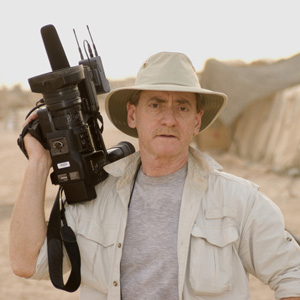"I don't know what to write about."
If you teach English, you have heard that statement numerous times. I know I did when I taught English.
In my new role teaching Convergence Journalism, my students often struggle to develop story ideas that are unique and fresh.
For example, they want to tell a story about football, which is a very broad topic.
I often ask, "What story about football do you want to tell?" They struggle to dig deeper and come up with a story angle that is more specific than the broad topic of football.
To attack this problem, I returned to my English roots and Kelly Gallagher's Six Modes of Writing from his book
Write Like This.
The six modes of writing are:
1. Express and reflect
2. Inform and explain
3. Evaluate and judge
4. Inquire and explore
5. Analyze and interpret
6. Take a stand/propose a solution
First, students generate a list of interest areas. These are the broad topics that they will then narrow down. For example, some of my broad topics include:
- Coaching
- Teaching
- Football
- Journalism
- K-State
From there, students will choose one of their interest areas and develop 2-3 story ideas for each mode of writing. This gives my students between 12-18 different angles, rather than the broad topic of "football."
Here is a simple handout that I use:
I always model this for my students first. Just like when writing, I employ the "I go, you go" approach where students see me model first and then they proceed to develop their own story ideas. Here is a picture of my modeling of the topic "football."
In five-ten minutes, I generated 19 viable story ideas for the broad topic of football. If needed, I could turn all of these ideas into stories.
So far, my students have only picked one from their list and turned that into either a video package or written story. My next step is to have the students choose one written and one video story from their list to combine together as a package.
I have found this method forces students to dig much deeper and come up with better story ideas.
What methods do you use to have students generate story ideas?





